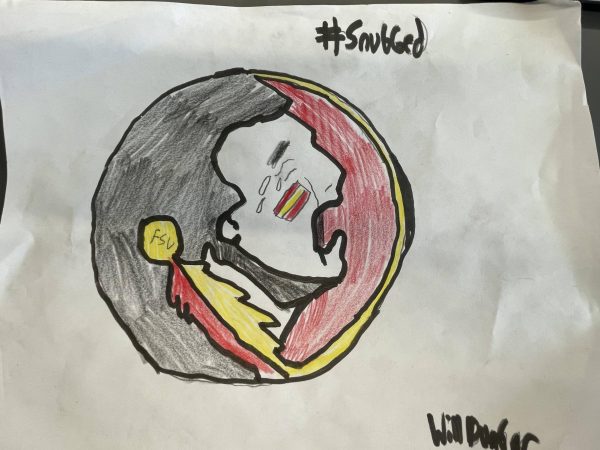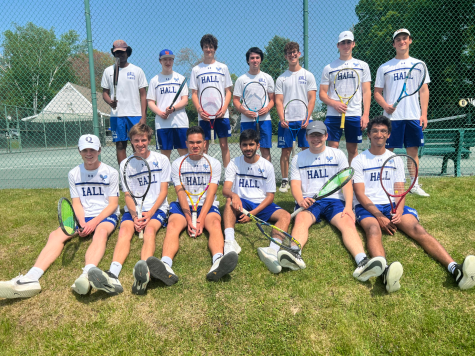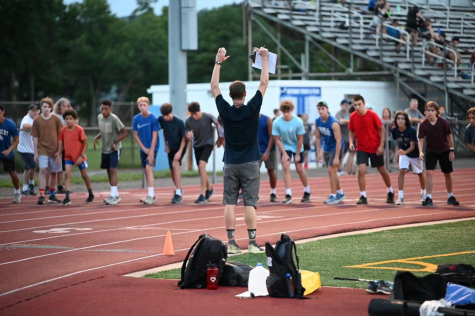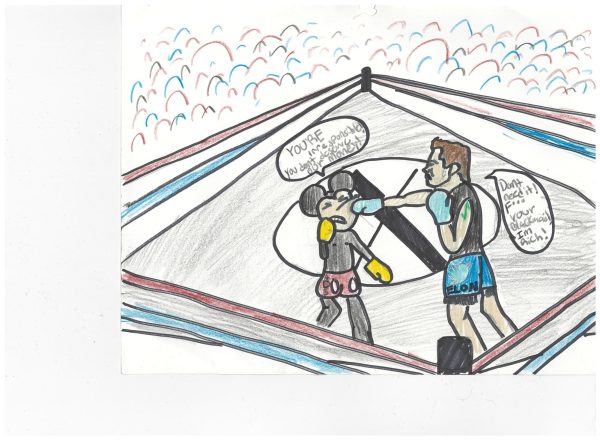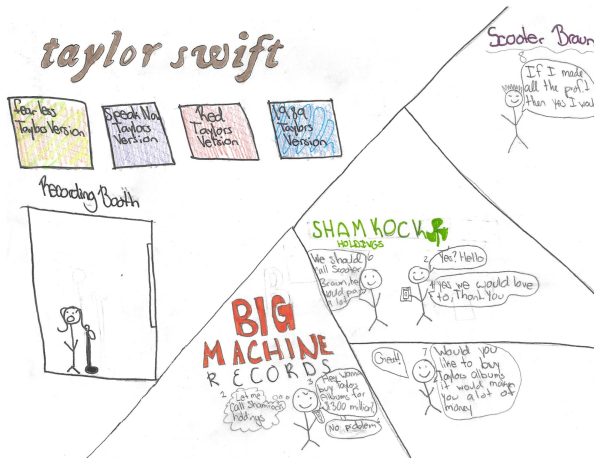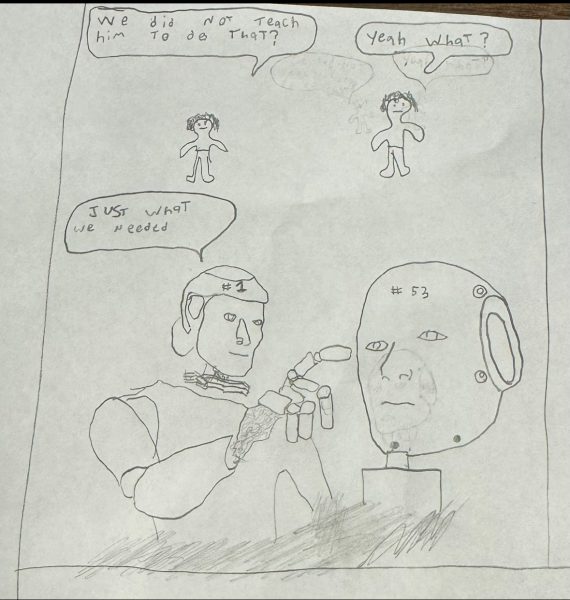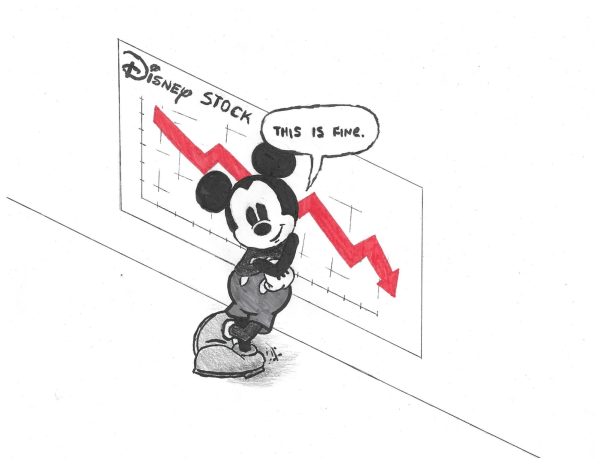The State of U.S. Soccer
On October 10, 2017, the world watched the U.S. Men’s National Soccer Team (USMNT) lose 2-1 to Trinidad and Tobago and fail to qualify for the 2018 World Cup. The match was a devastating loss; however, the underlying reasons why the United States lost are not isolated to this game.
To start off, the training ground is plagued by veteran athletes such as Michael Bradley. “You see this guy…he scored a goal against Mexico granted…but you take it out of the equation and this man has been bad for 5 years and he still starts week in and week out,” says Jacob Tafrate, former soccer player and National Team supporter.
Currently, over 80% of USMNT players are 27 years of age or older, and 20% are over the average retirement age of 34 for an international footballer. With the old generation crowding the training camp, there is no room for young talents such as Christian Pulisic, who are the future of the USMNT. The USMNT’s failure to get out of an objectively easy qualifying group highlights the need for rebuilding the squad with young players who will have a chance to develop along side some existing skilled veterans.
Nonetheless, it is unfair to simply pin the loss on the players; the coaching of the team was simply atrocious. In November of 2016, Bruce Arena was brought back as head coach after Jurgen Klinsmann was removed from the job. Arena had been pushed out of the head coach role following a loss in the first round of the 2006 World Cup. Was bringing back an unsuccessful coach the solution to the USMNT’s problems? No, of course not, but the executive management did it anyway.
“What we need is a manager with a vision,” Tafrate says. “They gotta just readdress the mentality, we gotta bring in young players.” We therefore need a youth system that the USMNT can rely on to supply them with passionate, motivated, young players.
The lack of youth players in the system will not be solved until the fundamental issue in youth soccer is solved: pay to play. In a post game ESPN report an analyst said: “They have this expression “pay to play,” and in order to get up there these guys spend money to get to the better development areas, and some of these kids don’t get that opportunity.” “I think the players are out there, we have to do a better job of finding them. It is also a sport where you have to have money,” says the ESPN analyst in reference to youth soccer in the United States.
In Europe and South/Central America there is a different, more effective system in place. Rather than having to pay exorbitant amounts of money to play, clubs from the highest level down to local clubs scour every nook and cranny to find players in the richest to poorest areas. Anyone who can’t pay is paid for by the team with the hopes of developing the player and selling him to a higher club for a profit. Players are seen as an investment rather than an expense. In an ideal world, U.S. Soccer would remodel its youth development system to reflect those of Europe and South/Central America.
Another downside to the United States’ approach is that every youth player on a team goes to the game and expects relatively equal amounts of playing time. There is minimal competition required for success. In Europe, however, the atmosphere is much more competitive, which ultimately produces higher quality players. The next game is not a given; young players must work for their success.
“It also is important to recognize the tremendous growth and accomplishments we have achieved over the past two decades in all areas,” said Bruce Arena in his resignation statement. For the past decade or two, U.S. Soccer has expanded tremendously. “It was sad just watching them crumble,” Tafrate reflected.
For the past 15 years or so, attention to U.S. Soccer has been increasing. Shattered attention lost years of progress. It is sad seeing a setback in fan culture of this magnitude. There is now a disconnect between the U.S. Soccer Federation and the American people. If we want success as a soccer nation, the fans must back the team. “I don’t know anyone on the team whatsoever,” says Chase Jeter, baseball fanatic and Student President. Jeter represents the average American that has struggled investing his support in U.S. Soccer due to a lack of culture and interest in the sport.
The heartbreaking part of the story is that the United States of America was on the verge of being a great soccer nation. Now, we, as a united and motivated nation, need to start from scratch. It will be difficult reassuring the disheartened and pessimistic American supporters that we can be successful on the soccer field. Americans must believe in an advancement of U.S. Soccer. It would be terrible to never see a rebound.
If the United States can dominate the Olympic Games, which represents all sports, why should soccer be any different?



